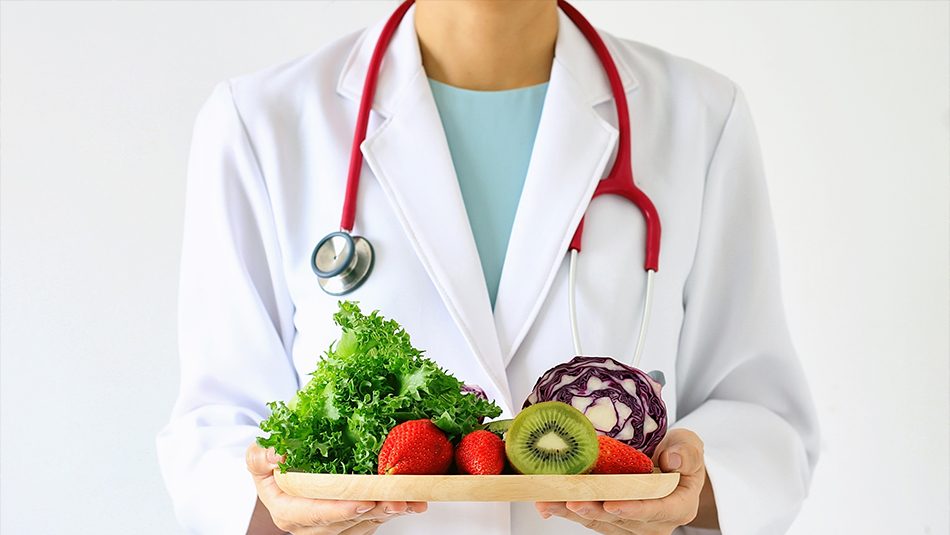
Chef and Dietitian: Healthy Foods You’ll Actually Crave
Over the years, chefs and dietitians have approached their crafts with very different mindsets. A chef would create recipes for maximum flavor, favoring savory, high-fat ingredients. Alternatively, a dietitian would focus primarily on a food’s nutritional value. Recently, however, consumer demand for healthful food that doesn’t compromise on flavor has given rise to a meeting of the minds. Enter the “Cheftitian” approach, combining the art of cooking with the science of nutrition.
Driving the Food Industry Forward
While exploring the halls of this year’s Natural Products Expo West, it didn’t take long to realize the top trends are at the intersection of health and food innovation. Here are a few poised to take hold in the coming year.
Plant-Based Alternatives
Studies have shown that over half of current consumers want to add more protein to their diets. While most Americans still choose meat as their primary source of protein, plant-based options are quickly gaining traction with those who don’t necessarily follow a vegetarian diet. Driven by the perception of plant-based foods as being healthier, consumers are looking for more and better-tasting options on store shelves. And today’s cheftitian-oriented companies are responding.
In five years the meat-substitute market is projected to reach $6.43 billion, up from its current $4.63 billion. Plant-based products including Boca Burger, Impossible Burger and Quorn are paving the way, but large meat producers like Tyson’s have also taken notice and are investing in brands including Beyond Meats and Memphis Meats.
Plant-based milk is also seeing a surge in sales, increasing by 3.1% in the past year. Meanwhile, dairy sales have declined by 5%. Consumers are gravitating toward brands such as Elmhurst, largely due to its low-fat, no cholesterol, and often lower sugar content.

Nutraceutical Ingredients
Another area where modern “cheftitians” are playing an important role is in the development of nutraceuticals. Nutraceuticals are foods that provide medical benefits, in addition to basic nutritional value. They include ingredients that aid in digestion, boost energy, improve cognition, support weight loss, and enhance athletic performance. So-called “functional foods” being incorporated in today’s neutraceuticals include:
Turmeric: An antioxidant that helps reduce inflammation in the body. In the coming season you’ll find this bright yellow powder being used in lattes, as a popcorn flavor, and in packaged cereals.
Activated charcoal: A detox ingredient used to draw impurities out of the body. It has found its way into foods like ice-cream, snack crackers, beverages, and more.
Bone broth powder: A protein source that aids in digestion, joint health, and revitalizing aging skin. Several brands are currently packaging this “liquid gold” into drinks, soups, sauces, and even desserts.
Personalization Dieting
The popularity of modern home DNA kits has given consumers a deeper understanding of not only their genetics but also their personal health. In response, consumers are becoming more active in their personal health and preventive care by redesigning their diets. Personalized programs such as Paleo, Keto, and Dukan diets are now at an all-time high, with 64% of global consumers following a plan that limits or restricts certain ingredients or foods.
With the help of chefs and dietitians working in tandem, brands, and retailers like Hy-Vee are appealing to this audience with the development of personalized products and ready-to-eat meals prepared with the premise that “it tastes good to be healthy.”
Preparing for the Next Generation
Clearly, the convergence of health and indulgence is driving today’s top food trends and setting a foundation for the future. Going forward, the balance of health, wellness, and flavor looks to be a top consideration of consumers for years to come. And promoting a cheftitian philosophy in their products will continue to be invaluable to food makers and marketers alike.






